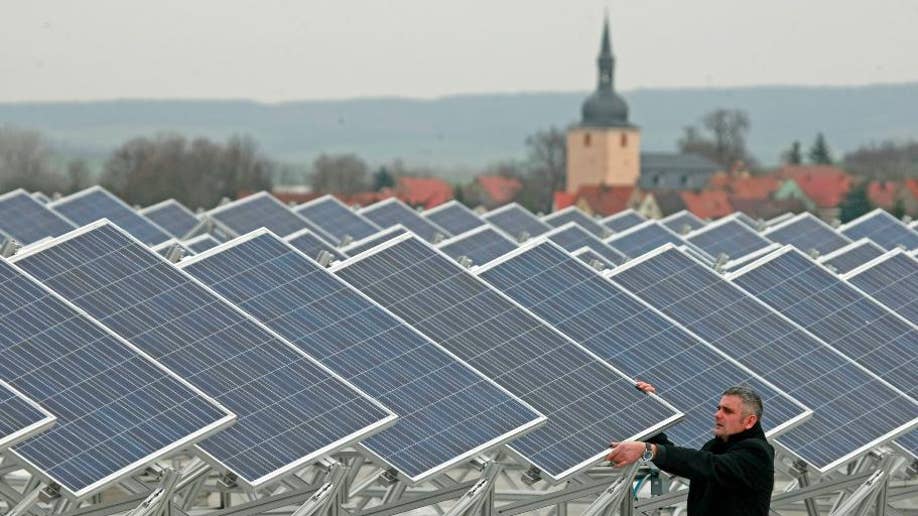
Critical Meeting on Climate, Peace, and Security
UN Security Council Report
(November 28, 2022) — On 29 November, at 3 pm EST, there will be an Arria-formula meeting on “Climate, Peace and Security: Opportunities for the UN Peace and Security Architecture”. The meeting, which will take place in the Trusteeship Council chamber, is open to all UN member states and permanent observers and will be broadcast on UNTV.
Kenya and Norway (the co-chairs of the Informal Expert Group on Climate and Security) are co-convening the meeting with Council members Albania, France, Gabon, Ghana, Ireland, and the United Arab Emirates (UAE), together with Germany and Nauru (the co-chairs of the Group of Friends on Climate and Security) and incoming Council members Malta, Mozambique and Switzerland.
Assistant Secretary-General for Europe, Central Asia and the Americas Miroslav Jenča is the expected keynote speaker. Also making remarks will be three panel discussants:
Mely Caballero-Anthony, Professor of International Relations and President’s Chair of International Relations and Security Studies at the Nanyang Technological University, Singapore (virtual participation);
Hafsa Maalim, Associate Senior Researcher at the Stockholm International Peace Research Institute (SIPRI); and
Michael Keating, Executive Director of the European Institute of Peace (EIP) (virtual participation).
Following the panelists’ remarks, Council members and other member states will make brief statements and pose questions to the panel. The panelists will then have the opportunity to respond to questions and comments.
This will be the second Arria-formula meeting that Council members have held this year on climate change. On 9 March, the UAE convened a ministerial-level Arria-formula meeting on climate finance as a means to build and sustain peace in conflict, post-conflict and crisis situations. (Climate finance can be broadly defined as the local, national or transnational financing of initiatives aimed at addressing climate change and its effects).
In October, Gabon convened a formal meeting on this issue, a debate on “Climate and Security in Africa”, as a signature event of its Council presidency. (For more information, see our 8 March and 11 October What’s in Blue stories.)

The co-organisers have circulated a concept note ahead of tomorrow’s meeting. It says that the meeting will focus on the interaction among climate change, security and peacebuilding. This entails exploring ways to strengthen national and local efforts to build resilience and reduce vulnerabilities to climate shocks.
According to the concept note, cooperation on the management of natural resources, the development of early warning systems, enhanced climate financing, and inclusive decision-making are ways in which local, national and international actors can work together to tackle the adverse effects of climate change in order to sustain peace and help prevent climate change from exacerbating conflict risks.
By focusing on climate change-related actions that can contribute to peacebuilding, the organisers hope that the meeting will go beyond the Council’s traditional framework for addressing this issue — which tends to explore how climate change exacerbates insecurity.
Perhaps the closest the Council has come to pursuing such an approach was the 23 February 2021 high-level open debate on “Addressing climate-related security risks to international peace and security through mitigation and resilience building”, which was convened by the UK via videoconference due to COVID-19 restrictions.

The concept note for tomorrow’s meeting includes several questions to help guide the discussion, including:
- What could the UN peace and security architecture achieve by integrating climate, peace, and security considerations to guide conflict prevention, peacebuilding, mediation, and peacekeeping efforts?
- What are potential entry points for the UN peacebuilding architecture, including the Peacebuilding Commission’s engagement on Climate, Peace, and Security?
- How can climate adaptation and mitigation efforts be coordinated, combined, and integrated with prevention, peacebuilding, and peacekeeping efforts to ensure that our efforts to achieve and maintain a sustainable environment and a sustainable peace are mutually reinforcing?
- How can new partnerships support a Climate, Peace and Security approach to conflict prevention, peacebuilding, and peacekeeping and what would practical cooperation look like in leveraging the different strengths of the UN and its partners?
Council members recognise that climate change poses an existential threat to human civilisation. Nonetheless, strong divisions persist over whether the Council is an appropriate forum to address climate change. Eleven members — Albania, France, Gabon, Ghana, Ireland, Kenya, Mexico, Norway, the UAE, the UK, and the US — support a more systematic integration of climate change-related matters into the Council’s work, with varying degrees of commitment.
Brazil, India and Russia are skeptical about Council engagement on this issue, especially at the thematic level.
They believe that climate change is fundamentally a sustainable development issue that is more appropriately addressed by other parts of the UN system, including the General Assembly and ECOSOC.

Although China has had reservations about the Council’s role on this issue, it incorporated climate change language in the 31 August presidential statement on capacity-building in Africa. While China spearheaded the presidential statement, it worked closely with the A3 members (Gabon, Ghana, and Kenya) on the text. (For more information, see our 30 August What’s in Blue story.)
It seems that all five incoming Council members — Ecuador, Japan, Malta, Mozambique, and Switzerland — support Security Council engagement on climate change and security.
About What’s In Blue
When the Security Council approaches the final stage of negotiating a draft resolution, the text is printed in blue. What’s In Blue is a series of insights on evolving Security Council actions designed to help interested UN readers keep up with what might soon be “in blue”.